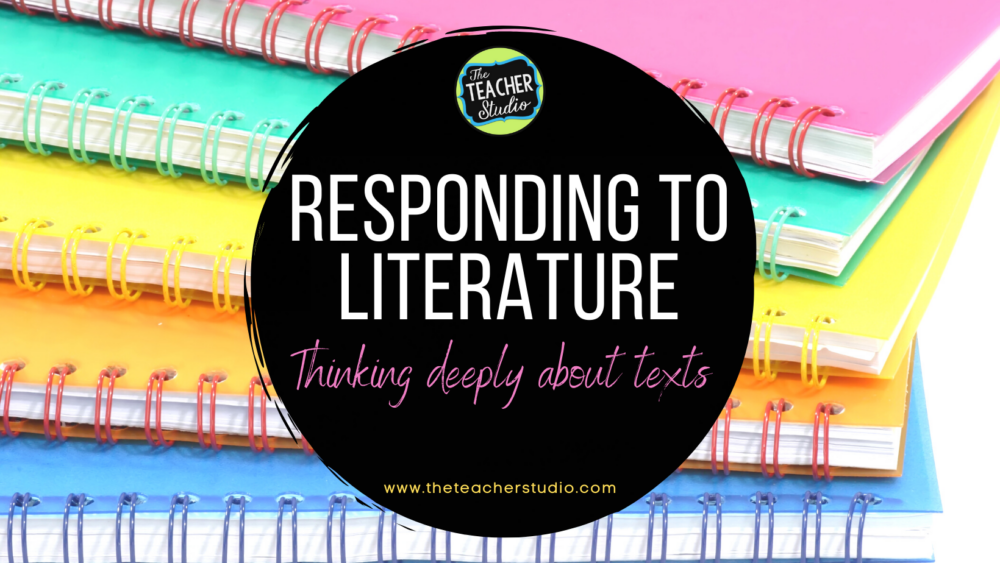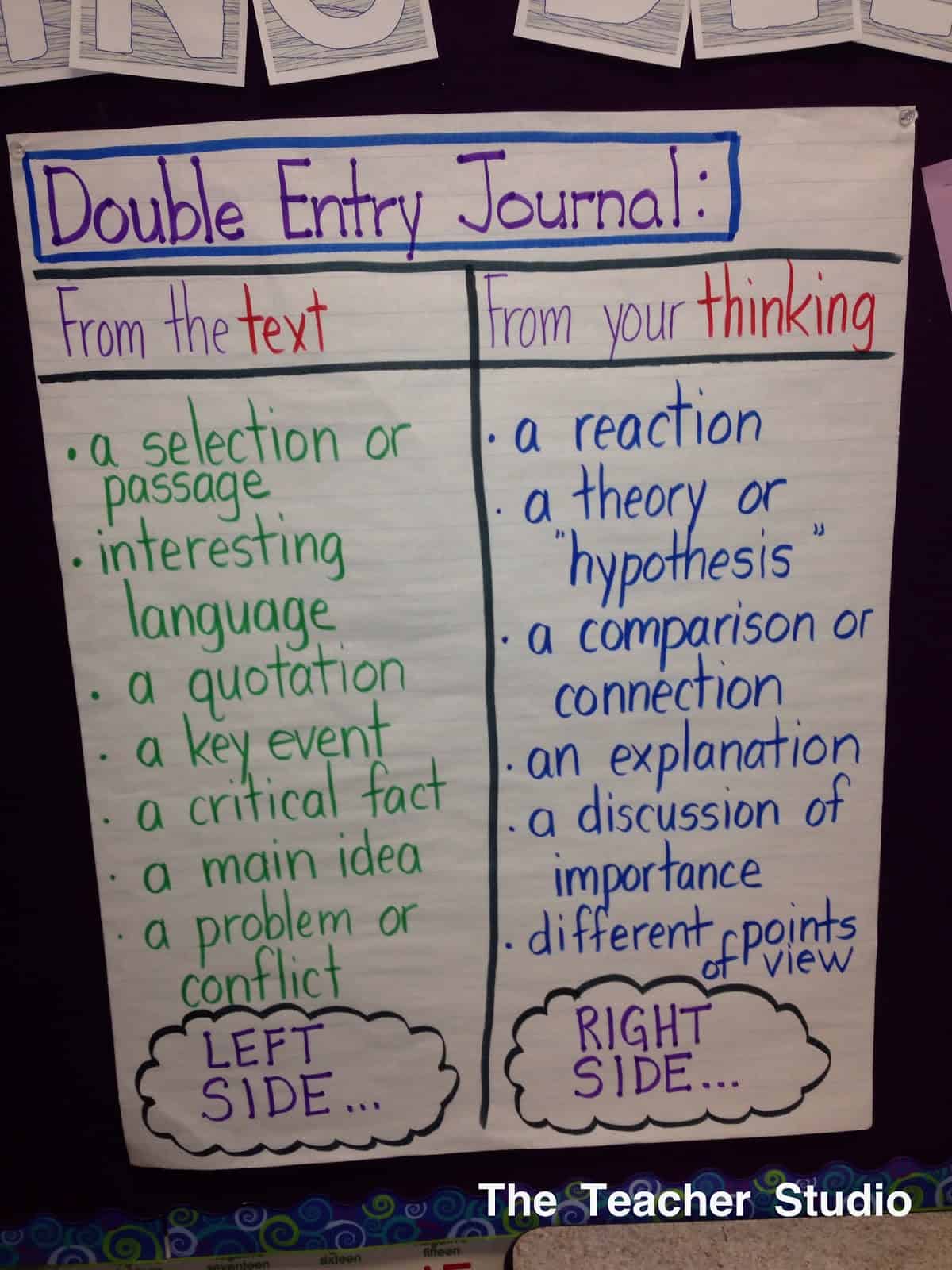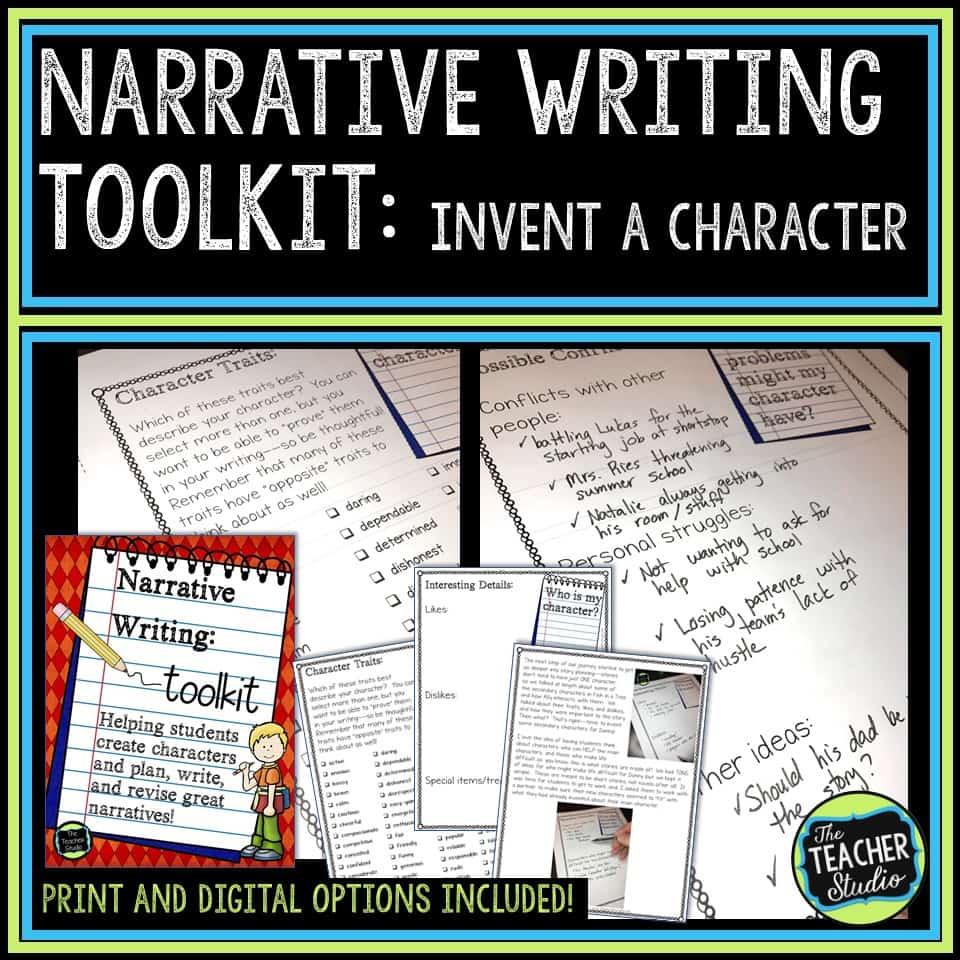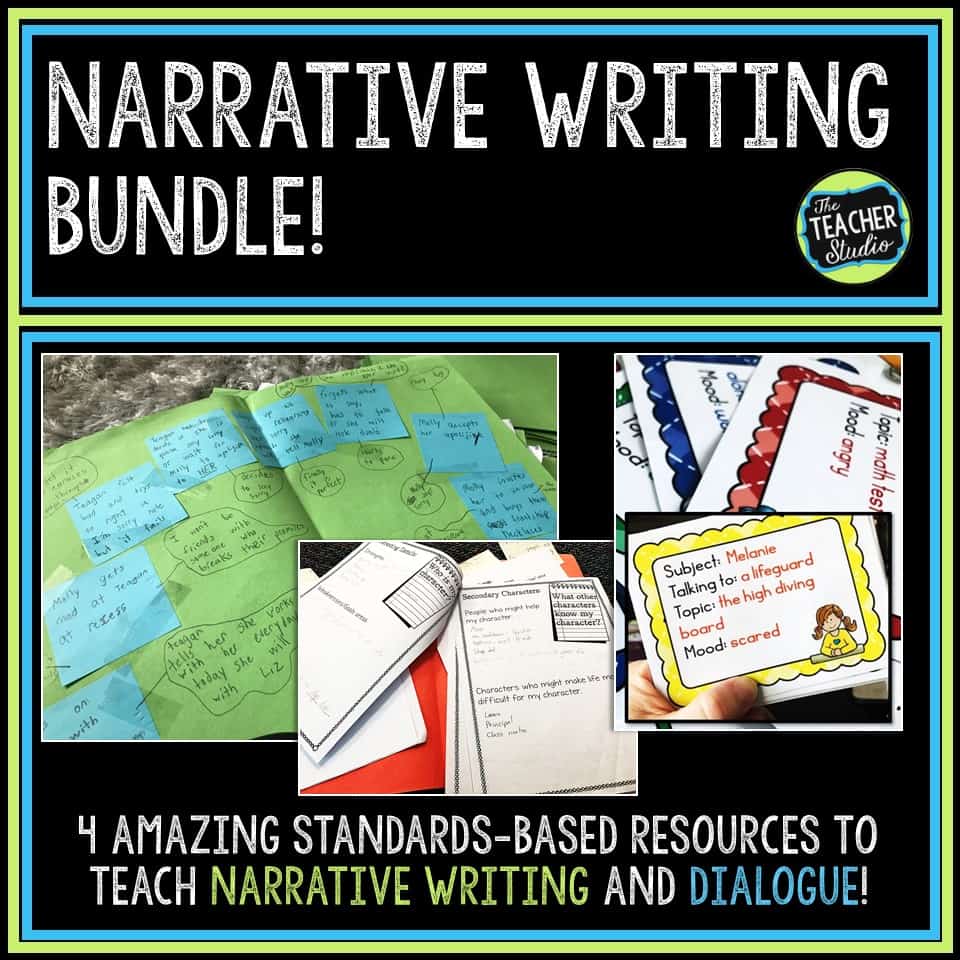
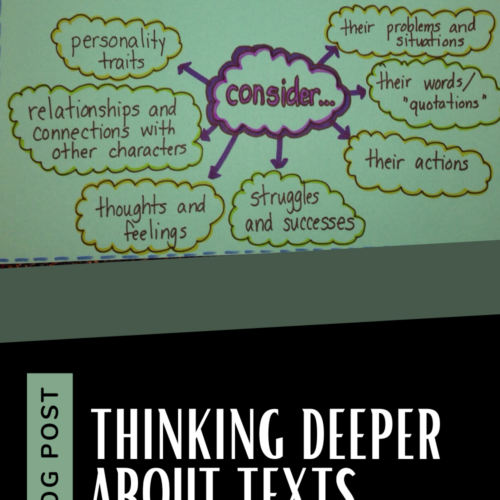
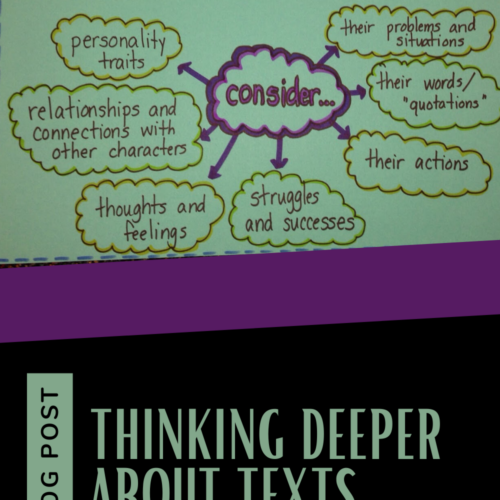
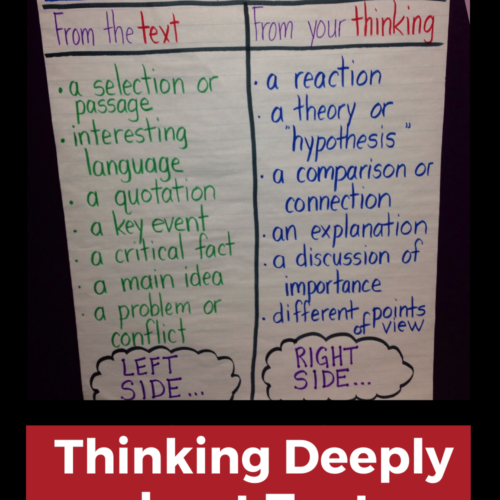

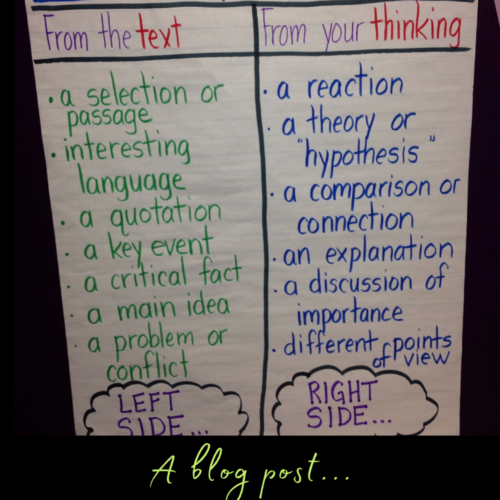
One thing I have noticed about my students is that they LOVE to listen to me read aloud and are getting better and better about picking just right books and reading with amazing stamina. What we really need work on (and I bet I am not alone in this!) is thinking deeply and writing about our reading.
How did we start thinking deeply about texts?
We’ve worked on a number of things like summarizing, looking for key events, making predictions, and trying to master the difference between writing about a TEXT and writing our THOUGHTS about a text. This seemed to be a confusing concept for students, so I started working on double entry journals with the students. Are you familiar with this? Check out the anchor chart I use…it has really helped me incorporate some better language into my discussions and modeling. This was particularly true as I read the book “Eight Keys” as our read aloud. I would stop and we would have discussions about features we noticed in a text. We pointed out interesting language. We looked for key events. Finally, we identified problems.
What I noticed is that often the discussion would stop there! I had to really probe with the students…so WHY do you think the author did that? Did it REMIND you of anything? What is your OPINION about that? Over time, more and more students began piggybacking off comments made about our books–and more and more students began having “reactions” to the text as opposed to simply identifying key features of the text.
You can even consider brainstorming a list of sentence stems to help students begin that type of writing. Use stems such as:
- I wonder
- I predict
- A connection I had
- I noticed
- It was confusing when
- I felt
You get the picture. This is a great way to scaffold for students and helps avoid them sitting there with a blank page. Try it!
Thinking Deeply and Showing It Off!
As I noticed students getting better at this, I asked them to reflect back on the text and to think of one event that they believed to be a “turning point” in the book–an event SO important that the outcome of the book would have been changed had that event not happened. I asked students to write summaries of that event (“from the text”), create illustrations (we’ve been talking about seeing books like movies and snapshots in our minds), and then explain WHY they felt the events were, indeed, turning points (their “thinking” about a text). They had a ball and they turned out pretty cute! We don’t do too many projects anymore, but I do believe it is important to provide students with opportunities to practice high quality work and to create something display-worthy once in a while.
We hung them outside our lockers and there are tons of students stopping daily to check them out! So, after we finished identifying this idea of a “turning point”, I wanted to get a sense for how students were able to write about a character. I asked them to write to me about one of the main characters in “Eight Keys” and to really focus on what they knew about the character. This is where I would love to report to you that all our work on thinking deeper, thinking beyond the text, and reacting to a text paid off. And this is where I show you amazing samples of profound things my students said about Elise and Franklin and Caroline. This is not the case.
Where did I go wrong?
The horror of it all. The writing was atrocious. I shuddered. And stewed. And grumped. Finally, I took responsibility. I realized I had really spent NO time modeling for them what I expected in a response. I did something thinking and made a chart to help us start to dig a little deeper about characters. We talked as a group about all the ways authors help us get to know the characters in their books, and we came up with THIS! And guess what–this TOTALLY carries over into OUR narrative writing as well!
I asked them if using this chart might help them when thinking deeper and writing about characters and they emphatically agreed. They then looked back at their previous writing and realized that, for the most part, they didn’t tackle ANY of the items on the chart–with a few exceptions…namely “actions”. I quickly typed up the chart and made 1/2 sheet versions of it for them to glue right into their notebooks as a reference. I hung the blue chart on our “digging deeper” board. Then, I crossed my fingers that their next response to reading would be more in-depth and thoughtful. Thinking deeply is so important as we nurture our upper-level readers!
Interested in some of my resources to help teach narratives? Check these out!
Hey there! Looking for more? Follow me on social media and by email!
you can also sign up for my NEWSLETTER where I start you off with an awesome freebie–
and then I’ll send even more teaching tips, freebies, and offers right to your mailbox!

